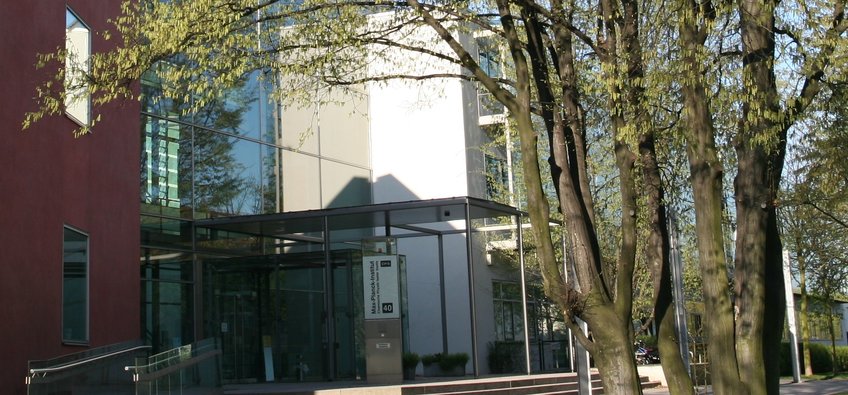
Max Planck Institute for Chemical Physics of Solids
The Max Planck Institute for Chemical Physics of Solids is dedicated to the discovery of new materials with unusual properties. To this end, researchers must have a fundamental understanding of the interrelations between the atomic structure, chemical bonding, electron states and the properties of a compound. The key research focus of the Institute is compounds of different metals. Chemists and physicists as well as experimental and theoretical scientists use state-of-the-art instruments and methods to investigate how the chemical composition, configuration of atoms and external forces affect the behaviour of electrons. It is these that are responsible for the magnetic, electronic and chemical properties of the compounds, and thus for their potential use as materials.
Contact
Nöthnitzer Str. 4001187 Dresden
Phone: +49 351 4646-0
Fax: +49 351 4646-10
PhD opportunities
This institute has an International Max Planck Research School (IMPRS):
IMPRS for Chemistry and Physics of Quantum MaterialsIn addition, there is the possibility of individual doctoral research. Please contact the directors or research group leaders at the Institute.








